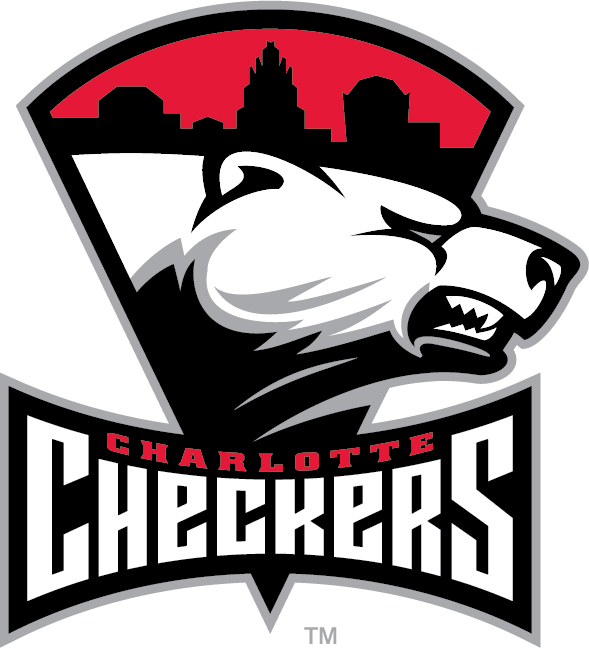Digital Kings Networking, LLC
What Does Website Visibility Mean?
What Does SEO Visibility Mean?: Digital Kings Networking
Understanding What Visibility is and How to Improve It
There are a lot of statistics and metrics that go into your online campaign. From ranking for a specific keyword to ensuring you have a mobile-friendly site, understanding visibility is the key to understanding how to improve organic search results.
What Is Visibility?
Visibility refers to the total search volume your website gets for all of its targeted keywords. The score itself is calculated by taking an estimated CTR (click-through rate) based on the rank for each keyword, and then dividing it by the total amount of ranking keywords. The resulting percentage value gives you an idea of how much dominance your site has over a particular query.
Ranking on the top of the first page is critical to your overall visibility and performance. Visibility scores and traffic have a direct correlation and can diminish very quickly:
- The top result on the first SERP (search engine result page) gets around 32% of all of the traffic.
- The second result gets around 25-30% on average.
- The tenth position on the first SERP (usually the last result), generally gets around 3% or less.
- Sites on the second results page have even less visibility and receive very little traffic at all.
In short, your visibility score is an all-around metric that describes your website's performance. If you have 32-35% visibility or higher, your site is performing very well. Your site can have as low as 9-10% visibility and still do well in searches. However, if your score is lower than 3%, that means you are likely the last result on the first results page, or not on the first page at all.
How to Improve Your Search Engine Visibility
Aim to Rank on the 2nd SERP at Minimum
The second results page and beyond get less than 1% of all SEO traffic. However, being on the second page is close to being on the first. Websites get crawled regularly, and by being on the second SERP, you have a chance to overtake a competitor on the first SERP as time goes on.
Audit Content Regularly
If a page is ranking poorly, having weak, old, or poorly written content is one of the biggest culprits. High-quality content is keyword-rich, but must also be related to a user's search and properly respond to their query. Understanding the user's search intent (transactional, informational, navigational, or commercial) and writing pages that match that intent is the key to strong rankings.
Include Long-Tail Keywords
Most website pages are designed to rank for Head Terms, or short and broad key terms that describe the service they're looking for. However, long-tail keywords are generally longer, more precise phrases that answer a specific question related to the service. Long-tailed keywords are common among users that are closer to making a purchase, and including them in your text could increase your chances of users visiting your site to complete their purchase.
Improve Load Speed
No matter how optimized and rich your content is, if the site loads slowly, up to 40% of users could bounce and visit a competitor long before the content even shows up. Long load speeds could also lead to a Google penalty. As a general rule of thumb, your load speed should always be faster than 3 seconds.
Simplify Structure of the Site
A complicated site structure makes it more difficult to index. If Google crawlers have a hard time indexing the site, there is a risk that certain sections may not be seen, or may be too confusing, which could lead to lower rankings. Simplifying the structure means the crawlers can better understand it. Google will then be able to access and appropriately rank the entire site.
Improve Meta Tags
Well-written title tags and meta descriptions help both the user and the search engine understand how each page responds to the query. They not only make the search result more attractive to the user, but could have an impact on how high the search engine decides to rank you in the SERP.
Services


